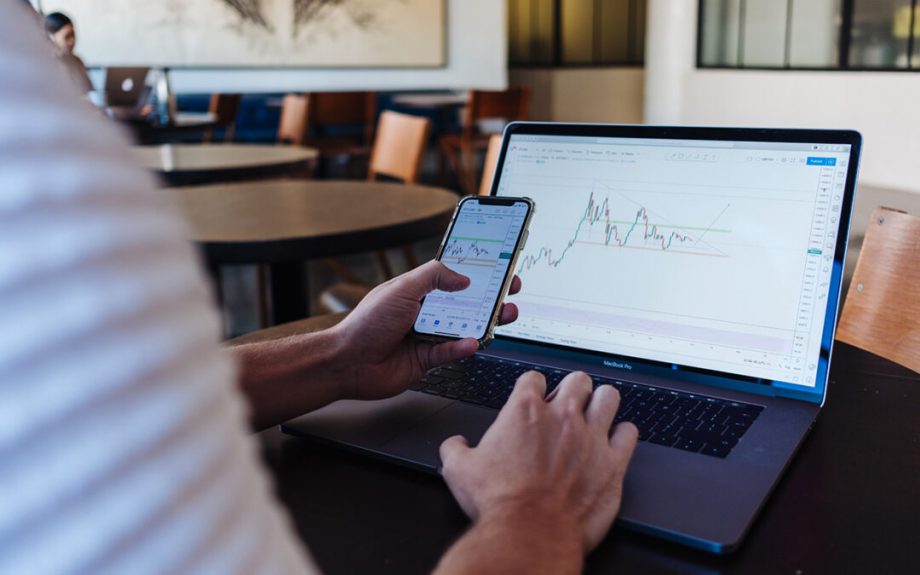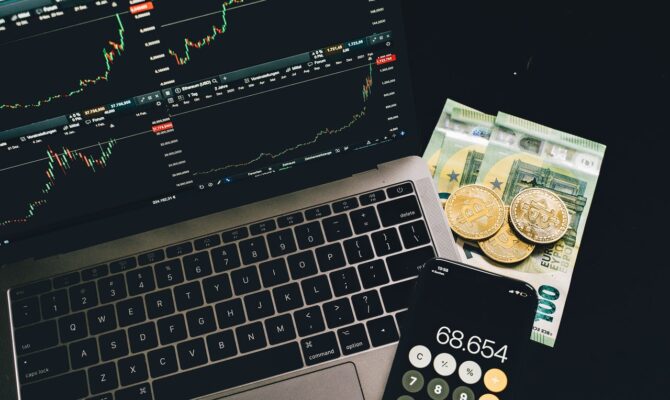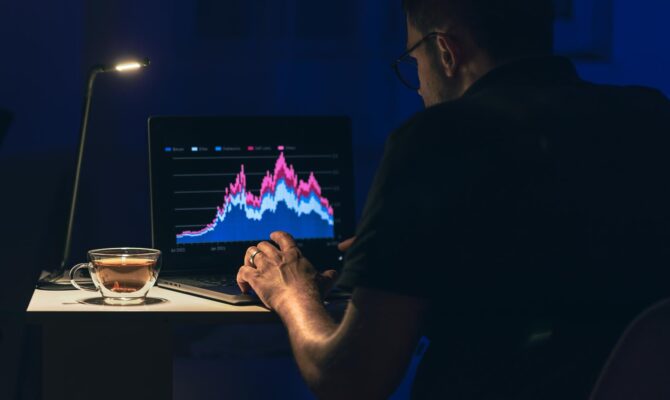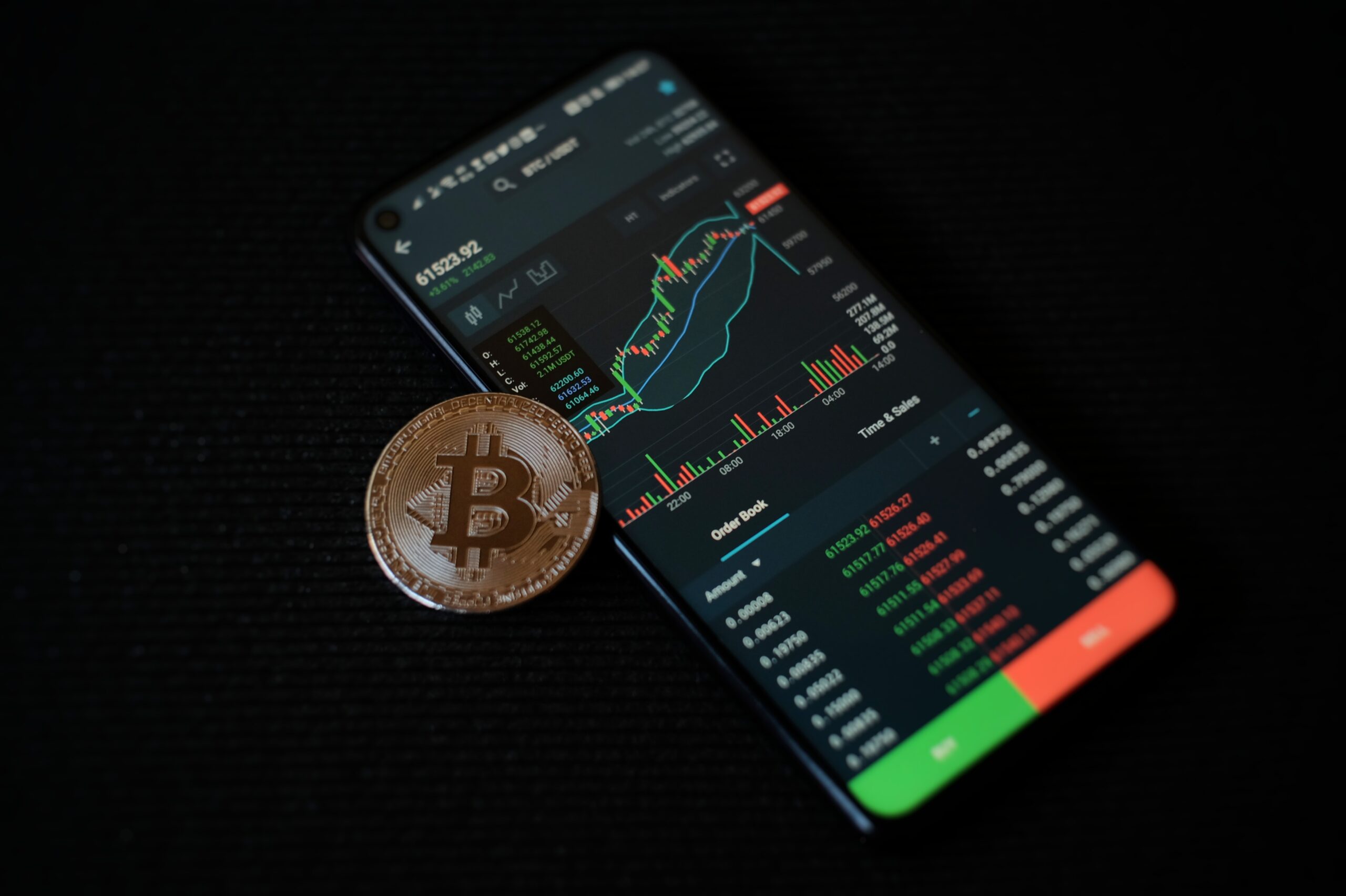
With so many cryptocurrency exchanges to choose from these days, it can be a nightmare figuring out which one is the best for you.
One the most frequently-asked questions I get is simply: “Which cryptocurrency exchange should I use?”
It’s a great question, and one that deserves some good research – especially with hard-earned money on the line!
The answer will vary from person to person, depending on your experience, which coins you want to buy, and the amount you’re after.
To get you started, I want to share some quick tips on the things I wish I’d known when I was starting out.
Fees can vary a lot from exchange to exchange, and can make a very BIG difference!
The very first thing you should do before using an exchange is check the footer and the fee structure.
Generally, you’ll want to aim for trading fees of about 1% or less.
Watch out for these popular exchanges with high fees:
On the other hand, here are some solid exchanges with nice and low fees:

Although most of the above percentages may seem small and insignificant, the difference in practice can be huge.
Let’s run through a quick comparison, on a simple $10,000 purchase:

That’s a $490+ difference in fees, for the same service!
Trading volume refers to the amount of buying and selling activity happening on the exchange. This is usually measured on a 24-hour basis.
You may already have noticed, but exchanges don’t provide one set price for cryptocurrencies. Instead, exchanges are really just an aggregation of buy and sell offers for crypto, and they give you the best offers available at the time of your trade.
A high trading volume generally means that there are lots of offers being executed on the exchange, and that you’re likely to get a better deal on your trades than an exchange with low volume.
I recommend checking the 24-hour trading volume for any exchange you are considering signing up for, to make sure that it’s active and healthy. A good benchmark for trading volume is at least a million dollars’ worth of trading activity per day.
One point to note is that each coin has its own market, and own trading volume. Make sure that you double-check this for all coins that you are considering buying or selling.

As you can see, the XRP/AUD trading pair has a great 24-hour trading volume of almost $6.8 million. The GNT/AUD trading pair, however, has a super low 24-hour volume of barely $600.
Avoid the low-volume coins!

If you’re someone who wants to trade lots of different coins, you may want to consider opening an international exchange account in addition to your local Australian one.
The Australian exchanges work best for getting Aussie dollars in and out of major coins, while international exchanges have much better volume and fees when trading between cryptocurrencies, especially those less-popular altcoins!.
If you think you’ll be interested in trading more unique cryptocurrencies, Bitfinex may be a good international exchange to start with.
Pro tip: I like to first exchange my fiat currency into Bitcoin (which always has plenty of volume on most exchanges) and then move that Bitcoin to a crypto to crypto exchange (suchas Binance) which usually has a much higher trading volume for the lesser known cryptocurrencies.
Maximum limits are very important to pay attention to if you want to invest significant amounts of money into crypto.
These limits place a cap on how much you can invest on an exchange at any one time.
Some exchanges like Coinbase will limit the amount you can initially buy. If you have a substantial amount you wish to invest, this will be a big barrier to getting in the market quickly.
In contrast, exchanges like Bitstamp have no limit on the amount of Bitcoin or other crypto that you can purchase at any time. This makes life a lot easier if you have a large amount to invest all at once.

Here are some other exchanges with high maximum trading limits:

Pro tip: You are responsible for your own digital assets. Make sure to test exchanges and wallets with small amounts to first become familiar with process.
This one is pretty self-explanatory. Before committing to an exchange, you want to make sure that they offer the coins that you want to trade!
Some exchanges simply have many more options than others, but you’ll want to check that they have the specific coin that you want to trade.
This step is easy to do while checking out the volume of an exchange or trading pair, as we covered in tip number 2.
For those of you planning to use an SMSF (or any fund), it’s usually better to look for a single exchange which has a wider variety of listed coins, rather than setting up your fund with multiple exchanges.
For reference, here are the number of trading pairs available on some of my favourite exchanges:

If you’re looking for a one-stop shop, I recommend using Coinspot!
If you’re new to cryptocurrency or exchanges in general, you don’t want to overcomplicate things. Pick an exchange which you find easy to navigate and understand, without the extra bells and whistles.
For those who are newer to crypto or don’t consider themselves tech-savvy, Coinspot again is probably your best pick! It has the most user-friendly interface, which makes up for the slightly higher fees.
On the other hand, if you have previous trading experience, Bitfinex may be the exchange for you. It has a huge selection of coins, extra trading features like stop-limit orders, as well as low trading fees.
Over-the-counter (OTC) services are a must when trading large amounts of cryptocurrency.
An OTC service is designed to help you find a large-volume buyer or seller for you to trade with, in a single transaction.
OTC trades allow you to avoid the risks of making large trades on the regular exchange market, such as liquidity or human error.
Most major exchanges have OTC, including Kraken, Bitfinex, Bitstamp, Coinspot, Independent Reserve, and BTCMarkets.
Derivatives are more complicated trading products, which essentially allow traders to “bet” on the price of an asset – rather than outright buying or selling it.
This can include tools like futures contracts and options, often provided with the option of very high leverage (which multiplies your profits or losses!).
Derivatives can be super handy for forming more complex trading strategies, for more experienced traders and investors.
FTX is the best one to start with, as they have great volume and a massive range of derivative products to choose from.
So there you go! Those are my best tips on choosing the right crypto exchange for you.
Have a go and see if you can apply the tips above to any exchanges you had in mind, or to check out if the ones you’re currently using are a good match for your needs.
Comment below and let me know which exchange you choose for yourself!

A common question from crypto-curious investors is when and if they should sell their profits. There is no way to…

Today I’d like to talk about something a little technical. Crypto analysis. There are many different ways to analyse crypto…

Dollar Cost Averaging (DCA) is an investment strategy that mitigates the volatility Crypto is known for. When you DCA, you…
Register for the FREE 90 minute
Crypto Training